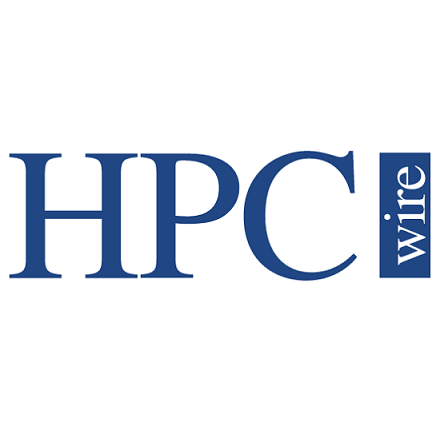
HiPEAC’s Vision for a New Cyber Era, a ‘Continuum of Computing’
January 21, 2021
Earlier this week (Jan. 19), HiPEAC — the European Network on High Performance and Embedded Architecture and Compilation — published the 8th edition of the HiPEAC Vision, detailing an increasingly interconnected computing landscape where complex tasks are carried out across multiple... Read more…

Larry Smarr: The Future of Distributed Computing Is Here
August 25, 2020
Larry Smarr may have stepped back from full-time work in the Computer Science and Engineering Department at the University of California, San Diego, but that do Read more…

Folding@home Turns Its Massive Crowdsourced Computer Network Against COVID-19
March 16, 2020
For gamers, fighting against a global crisis is usually pure fantasy – but now, it’s looking more like a reality. As supercomputers around the world spin up Read more…

Supercomputing Project Floats Higher-Res Climate Model
December 2, 2014
The ability to predict regional sea level changes over the next few decades takes on greater urgency as global carbon emissions continue to rise. The situation Read more…

Free Market HPC Cloud In Development
August 18, 2014
Distributed computing has undergone many permutations, from its roots in grid computing to support large scientific endeavors to Sun-style utility computing, to Read more…

QMachine Combines HPC with WWW
March 14, 2013
QMachine leverages the processing power of Web browsers to create a commodity supercomputer. Read more…

QMachine Combines HPC with WWW
March 14, 2013
QMachine leverages the processing power of Web browsers to create a commodity supercomputer. Read more…

Computing for a Cure
March 13, 2013
Quantum Cures wants your help identifying drug candidates for orphan and rare diseases. Read more…

- Click Here for More Headlines

Whitepaper
Transforming Industrial and Automotive Manufacturing
In this era, expansion in digital infrastructure capacity is inevitable. Parallel to this, climate change consciousness is also rising, making sustainability a mandatory part of the organization’s functioning. As computing workloads such as AI and HPC continue to surge, so does the energy consumption, posing environmental woes. IT departments within organizations have a crucial role in combating this challenge. They can significantly drive sustainable practices by influencing newer technologies and process adoption that aid in mitigating the effects of climate change.
While buying more sustainable IT solutions is an option, partnering with IT solutions providers, such and Lenovo and Intel, who are committed to sustainability and aiding customers in executing sustainability strategies is likely to be more impactful.
Learn how Lenovo and Intel, through their partnership, are strongly positioned to address this need with their innovations driving energy efficiency and environmental stewardship.
Download Now
Sponsored by Lenovo
Whitepaper
How Direct Liquid Cooling Improves Data Center Energy Efficiency
Data centers are experiencing increasing power consumption, space constraints and cooling demands due to the unprecedented computing power required by today’s chips and servers. HVAC cooling systems consume approximately 40% of a data center’s electricity. These systems traditionally use air conditioning, air handling and fans to cool the data center facility and IT equipment, ultimately resulting in high energy consumption and high carbon emissions. Data centers are moving to direct liquid cooled (DLC) systems to improve cooling efficiency thus lowering their PUE, operating expenses (OPEX) and carbon footprint.
This paper describes how CoolIT Systems (CoolIT) meets the need for improved energy efficiency in data centers and includes case studies that show how CoolIT’s DLC solutions improve energy efficiency, increase rack density, lower OPEX, and enable sustainability programs. CoolIT is the global market and innovation leader in scalable DLC solutions for the world’s most demanding computing environments. CoolIT’s end-to-end solutions meet the rising demand in cooling and the rising demand for energy efficiency.
Download Now
Sponsored by CoolIT
Advanced Scale Career Development & Workforce Enhancement Center
Featured Advanced Scale Jobs:
HPCwire Resource Library
HPCwire Product Showcase
© 2024 HPCwire. All Rights Reserved. A Tabor Communications Publication
HPCwire is a registered trademark of Tabor Communications, Inc. Use of this site is governed by our Terms of Use and Privacy Policy.
Reproduction in whole or in part in any form or medium without express written permission of Tabor Communications, Inc. is prohibited.
























